Best Android phone 2018: which should you buy?
The best Android phones of 2018 are starting to look a lot more interesting, with some wild design changes showing up. Given the quantity of killer Android smartphones, it can hard to pick a winner, but we’ve had plenty of hands-on time with each, and have done the tough job of sorting for you.
For now, Samsung is still holding strong thanks to its talent for blending features, high specs, and a great design. But, with the way its competitors have been making quick advancements to their design and technology, the roster of best Android smartphones should get more and more interesting.
If you’re on the market for a new Android smartphone, be sure to check all of these devices out, as you might find some you’d never have thought of. You can also see the best phones and best unlocked phones to see how Android and iOS devices stack up. And, if you need mobile service to go with your phone, we can help you find the best unlimited data plan.
Now, let’s take a look at the best Android phones available right now.
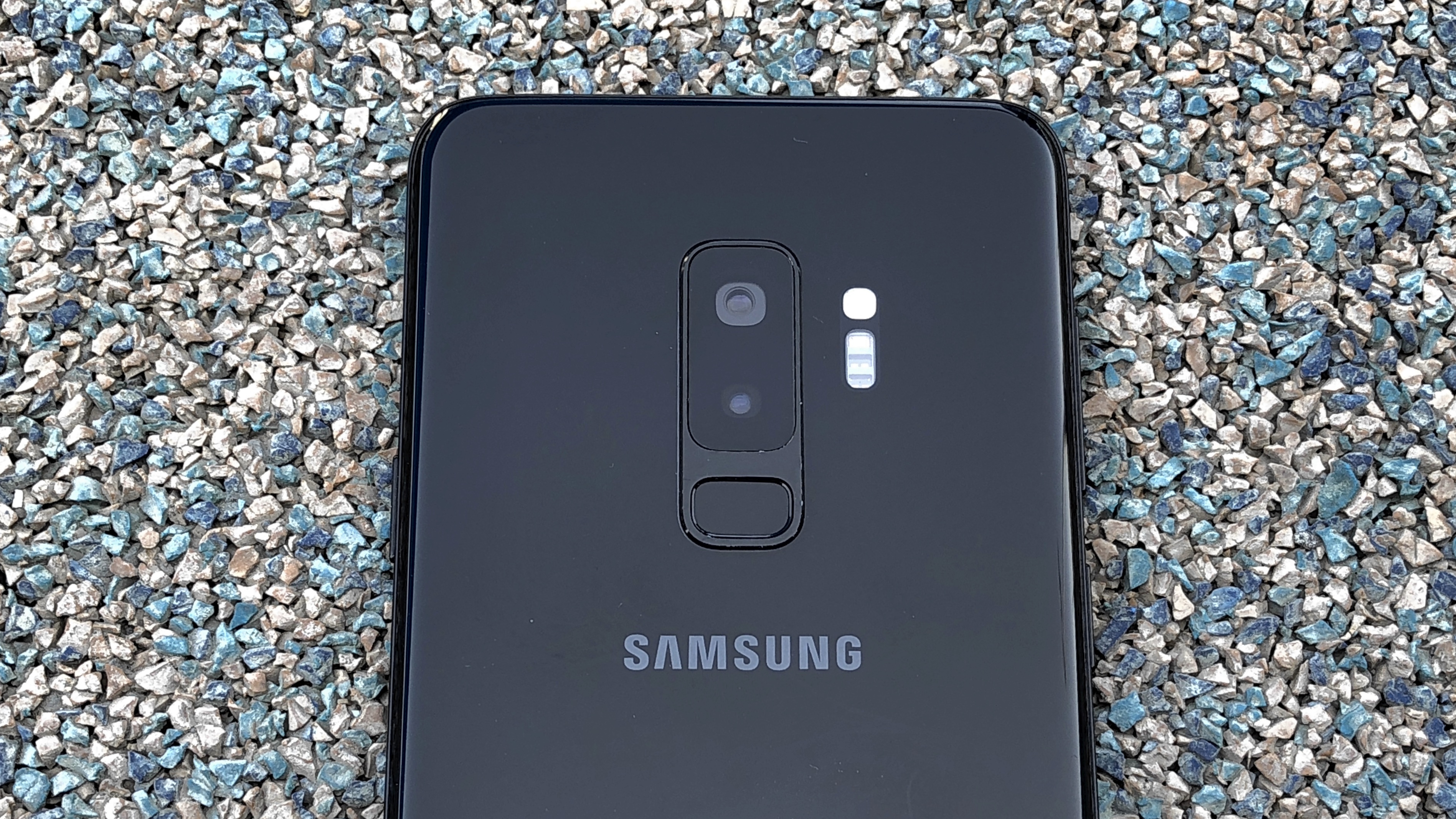
While many try, it can be really hard to beat a Samsung flagship that nails just about every aspect of being a great Android smartphone. The Galaxy S9 Plus offers so much to meet the varied needs of just about any phone user.
The design of the Galaxy S9 Plus is great, with a nearly bezel-less display measuring 6.2 inches across. That screen is crisp with a high resolution, and it’s only made better by the Super AMOLED technology. And, let’s not forget about the inclusion of a 3.5mm headphone jack and an IP68 rating against water and dust ingress.
Pair that great design with powerful internals, ample storage that’s expandable via microSD card, and a suite of capable smartphone camera sensors, and you’ve got an easy winner. The pot is only sweetened by the lower price of the Galaxy S9 Plus compared to phones like the Mate 20 Pro, iPhone XS, and Galaxy Note 9.
Read the full review: Samsung Galaxy S9 Plus
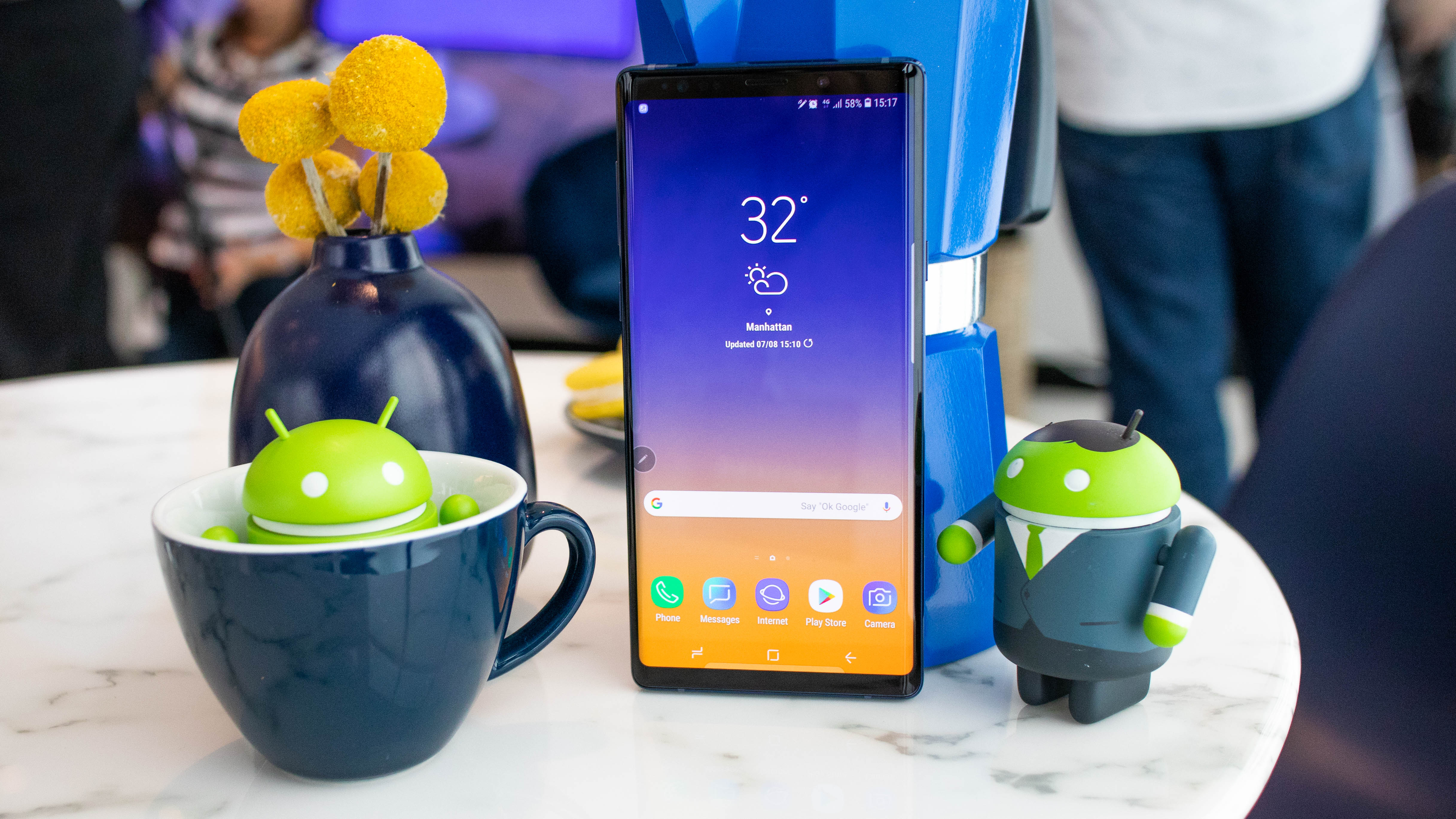
If it weren’t for the slightly bulkier design and the higher price, the Galaxy Note 9 would likely be at the top of this list. But, it still lands a neat second place behind the S9 Plus.
With a sharp, 6.4-inch Super AMOLED display, it’s offering a great viewing experience for anyone that’s on the go often. Inside, it’s powered by the same components as the Galaxy S9 Plus, but with larger storage capacities available, a bigger battery, and more RAM optional.
The Galaxy Note 9 sets itself apart with the S Pen, which enables some handy hands-free features and smooth note-taking. The cameras on front and back are just as impressive as the Galaxy S9 Plus shooters. For everything that the S9 Plus offers and a little bit more, this is a winner if you have the wiggle room in your budget.
Read the full review: Samsung Galaxy Note 9
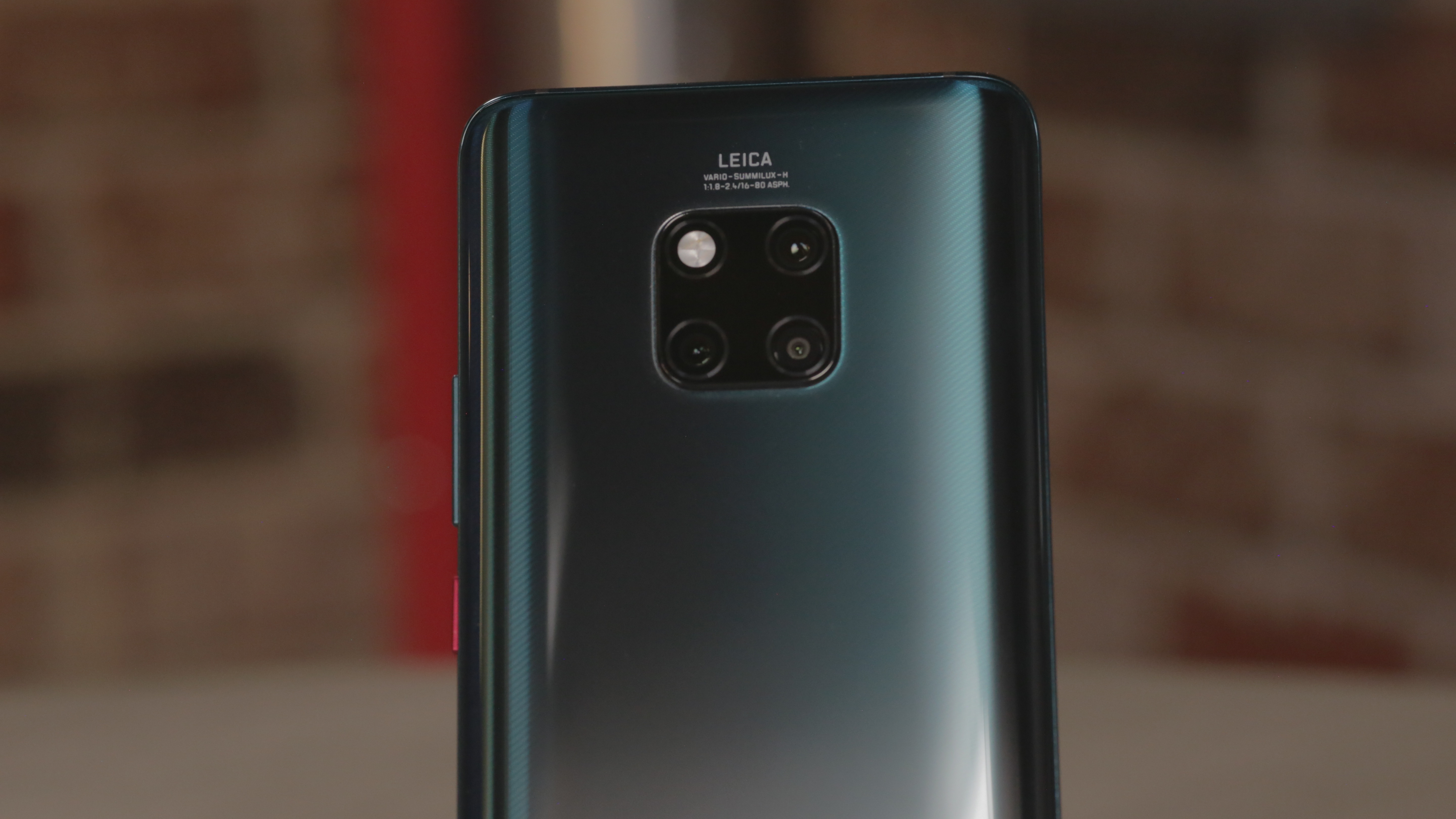
Huawei’s Mate 20 Pro isn’t the easiest to get your hands on in the US, but that doesn’t make it any less impressive a phone. It’s the best we’ve ever seen from Huawei, and stacks up well against all other Android phones.
It’s QHD display measures 6.39 inches and supports HDR10 for a great visual experience, as long as notches aren’t an issue There’s a fingerprint sensor embedded underneath the display as well. Inside, it’s offering impressive performance with Huawei’s own Kirin 980 chipset and 6GB or 8GB of RAM. It comes with plenty of storage and a large battery as well.
The camera offering on the Mate 20 Pro is truly impressive, with a combination of three cameras on the back and a super-sharp 24MP selfie camera. The rear camera system combines a 40MP wide-angle sensor, an 8MP telephoto sensor, and a 20MP ultra-wide sensor. The result is an incredibly versatile snapper with AI backing it up.
Read more: Huawei Mate 20 Pro review

Almost as impressive as the Mate 20 Pro is Huawei’s earlier P20 Pro, which took the company’s phones to the next level in terms of camera performance. The P20 Pro also features a versatile triple-sensor camera system on the rear, combining a 40MP, 20MP, and 8MP sensor with different Leica lenses to offer lots of flexibility.
Inside the P20 Pro is Huawei’s Kirin 970 chipset, 6GB of RAM, 128GB of storage, and a 4,000mAh battery to offer plenty of life. At the price, which is comfortably below the Mate 20 Pro, these specs feel right.
The design is also eye-catching, with a two-tone finish on the rear and a big 6.1-inch OLED screen on the front.
Read our full review: Huawei P20 Pro

The Galaxy S9 just isn’t quite as exciting as some of the other new phones, and that sees it fall a bit lower than its larger siblings despite having similar looks and internals.
Like 2017’s model, it has a stunning 5.8-inch display that fills almost the entire face of the device, ridding you of needless bezels and (for better or worse) the home button.
The rear fingerprint sensor has been better positioned over the Galaxy S8. But, with newer phones offering in-screen fingerprint sensors, it’s just not that exciting. Still, the flagship quality and performance of this phone are not to be overlooked, nor is the recent trend in price, which sees it competing more closely with the likes of affordable OnePlus phones.
Read the full review: Samsung Galaxy S9
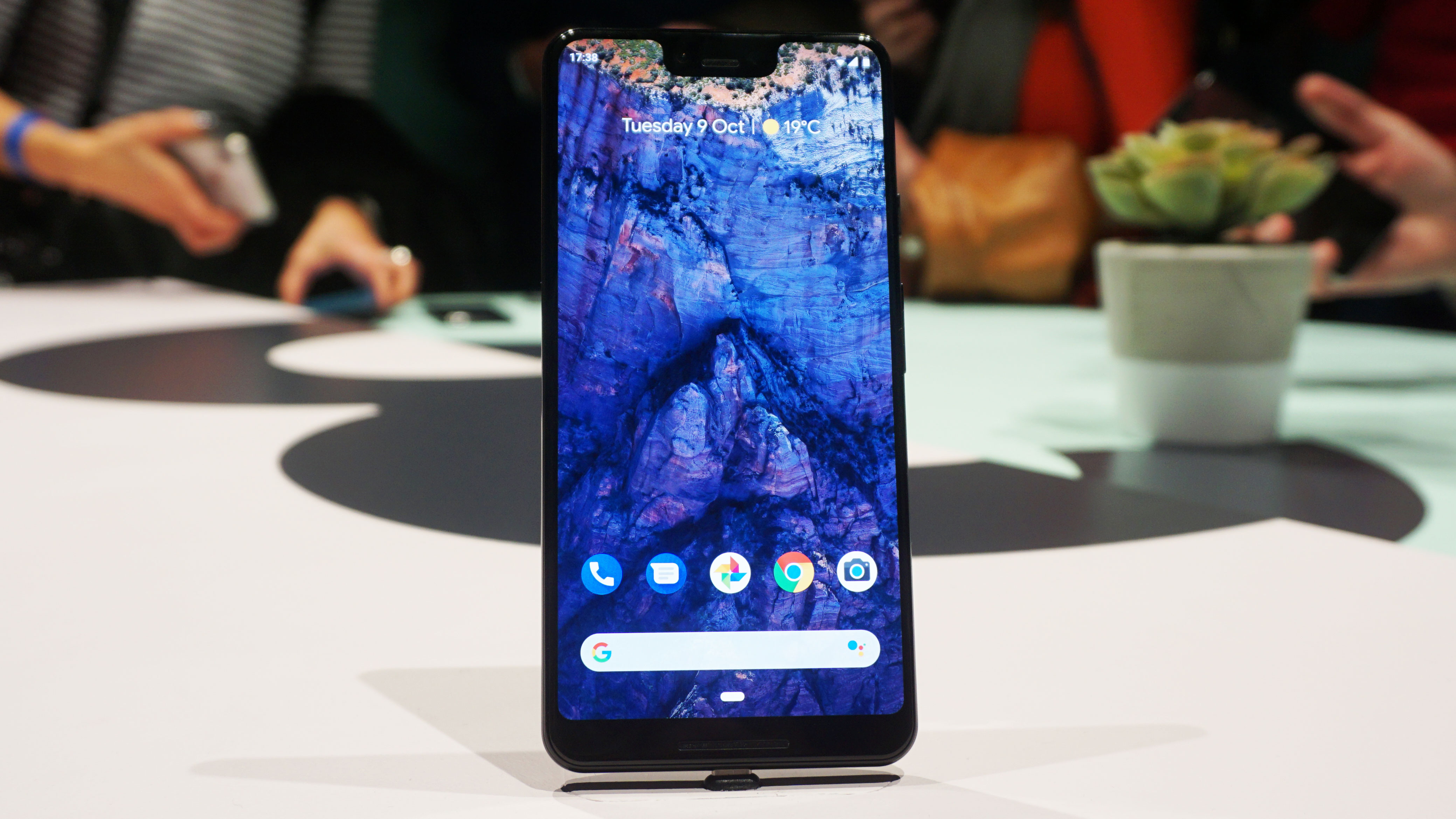
Google’s Pixel 3 XL is the best choice for anyone focused more on the camera than the phone. It’s the best camera phone on the market, and it does that with just one rear sensor, two front-facing sensors, and a whole lot of software optimization.
The design of the Pixel 3 XL isn’t quite as dazzling as the other offerings on this list, but it’s passable. It boasts a 6.3-inch OLED screen, but has a glaring notch at the top. The dual front-facing speakers help make up for that unsightly notch.
The internals are also competitive with the other flagship phones. And, with regular operating system updates guaranteed by Google, the Pixel 3 XL may have a longer life than some of the competition.
Read more: Google Pixel 3 XL review
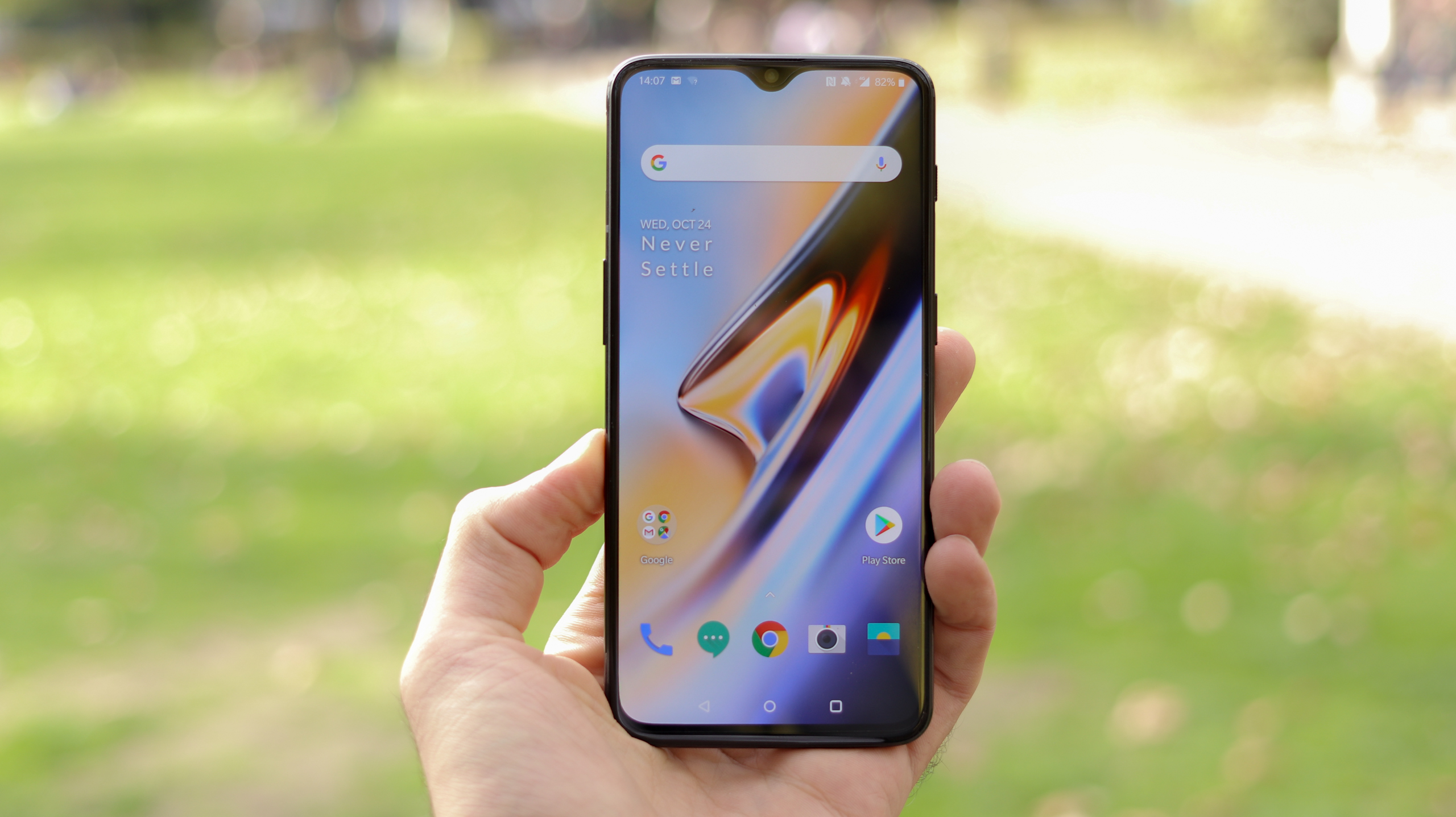
For brilliantly high performance and the looks of a premium Android smartphone all at a fraction of the price of the competition, the OnePlus 6T is the phone to get.
The new flagship from OnePlus has leapt ahead of some of its biggest competitors, Apple and Samsung included, to push forward a 6.41-inch display that has almost no bezel, a tiny notch, and a fingerprint sensor built into the display.
OnePlus’s cameras have also improved, making them close in quality to some of the best smartphone cameras around, if not quite as good. OnePlus also does a great job offering tweaks to Android that improve the experience without introducing a bunch of clutter.
Read more: OnePlus 6T review
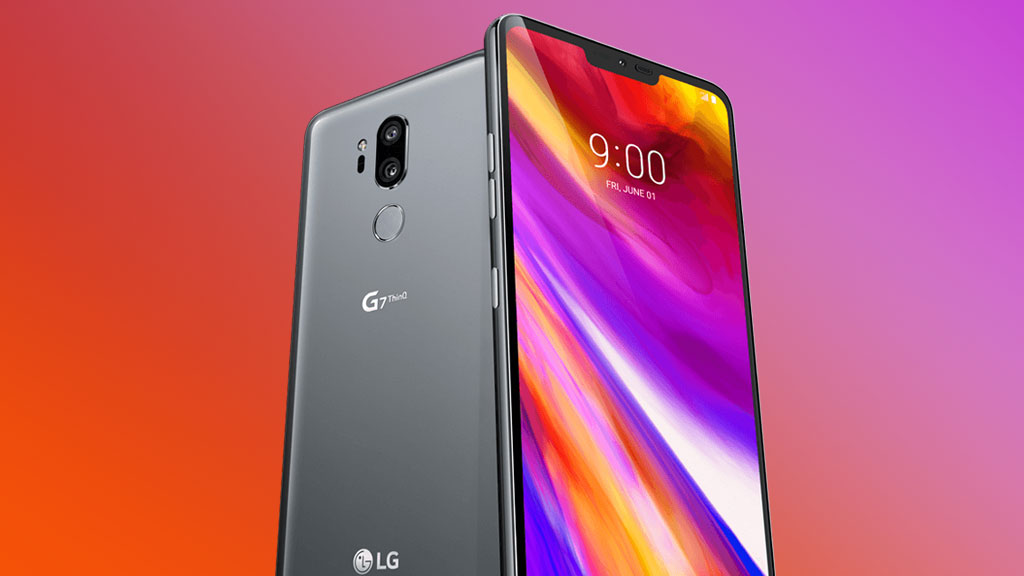
LG may not be as present in the collective phone consumer consciousness as it once was, but it’s recent smartphones have been quality options. The LG G7 ThinQ is a testament to that.
Inside, the LG G7 is similar to other flagships, with a Qualcomm Snapdragon 845 chipset and 4GB or 6GB of RAM depending on the device’s storage size. It has a 6.1-inch display with a sharp 1440 x 3120 resolution, and can offering a blazing 1000 nits when you really need to see the screen in direct sunlight.
The dual-sensor system on the rear offers both a standard camera and a super-wide-angle lens for versatile shooting. AI helps the cameras along as well, recognizing scenes and subjects to dial in the settings so you can get a good shoot.
Read our full review: LG G7 ThinQ
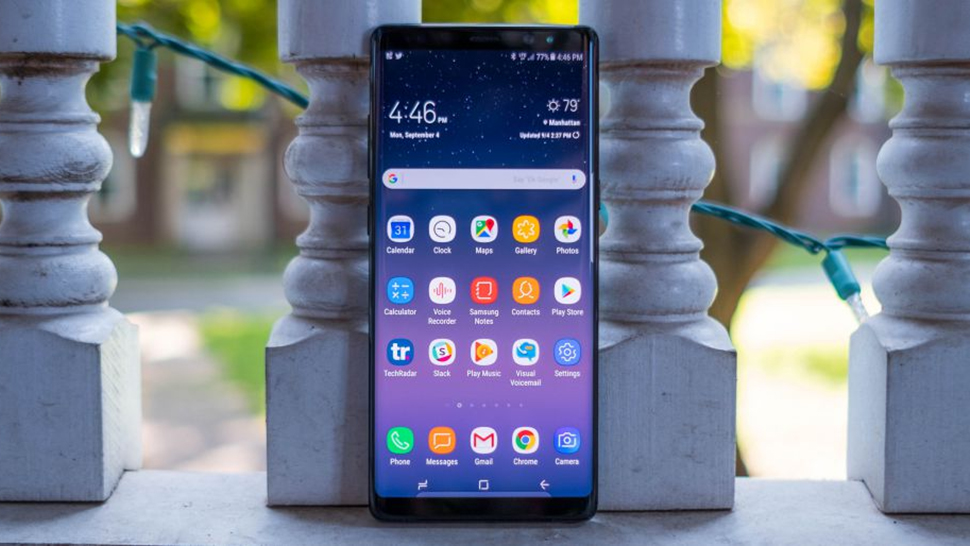
It may be older and running on 2017’s hardware, but the Galaxy Note 8 is still an impressive Android phone. And, it’s only getting more affordable.
The design is similar to the Galaxy Note 9, so no one needs to know it’s not the newer phone. And, the Snapdragon 835 or Exynos 8895 aren’t likely to feel slow too soon. The 6.3-inch screen is still plenty, and it offers a sharp resolution. The internals paired with the screen are still going to be great for gaming, and will compare favorably with the Note 9 for watching videos.
The dual-sensor camera on the back offer great bokeh in photography, even if they’re not quite as good as the newer cameras on the S9 Plus and Note 9. If you’ve got a tight budget, there will be plenty to like about the Note 8.
Read the full review: Samsung Galaxy Note 8
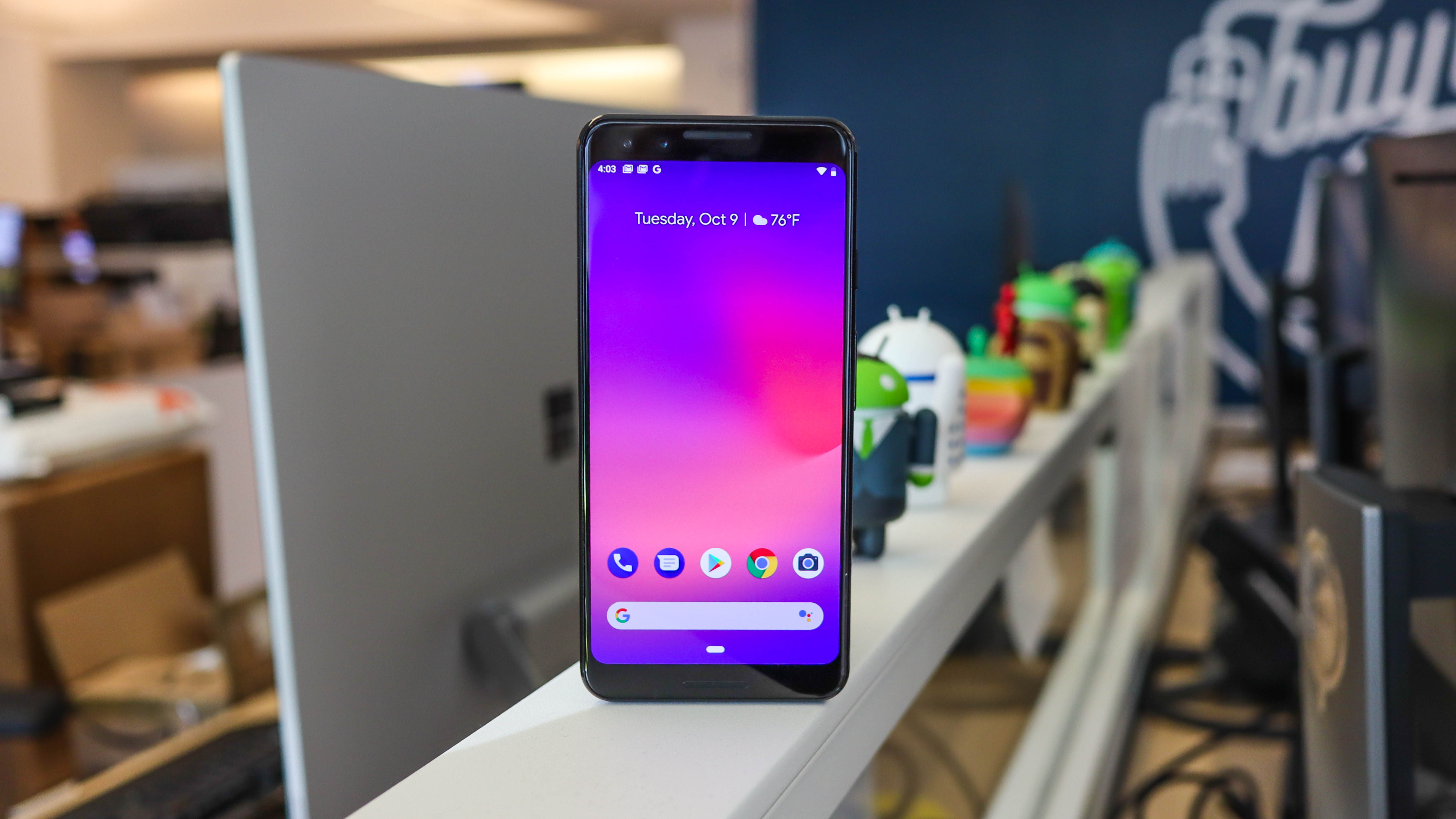
If you hate the smartphone notch, you can still get the best smartphone camera without it. Google’s Pixel 3 comes in smaller and more affordable than its bigger sibling, but it offers the same best-in-class camera performance.
The design of the Pixel 3 isn’t quite up to par with the rest of the new flagships from 2018, as it has sizable bezels above and below the screen. It fits a 5.5-inch display with a resolution slightly above Full HD.
Though it’s not winning any contests for its looks, the internals are up to the task, with a Snapdragon 845 and 4GB of RAM to power through most tasks quickly. Google’s phones also get timely and ongoing updates to the operating system, so the Pixel 3 may remain relevant longer than some of its competition.
Read more: Google Pixel 3 review
Contributer : Techradar - All the latest technology news https://ift.tt/2fafVvq

 Reviewed by mimisabreena
on
Sunday, December 09, 2018
Rating:
Reviewed by mimisabreena
on
Sunday, December 09, 2018
Rating:















No comments:
Post a Comment